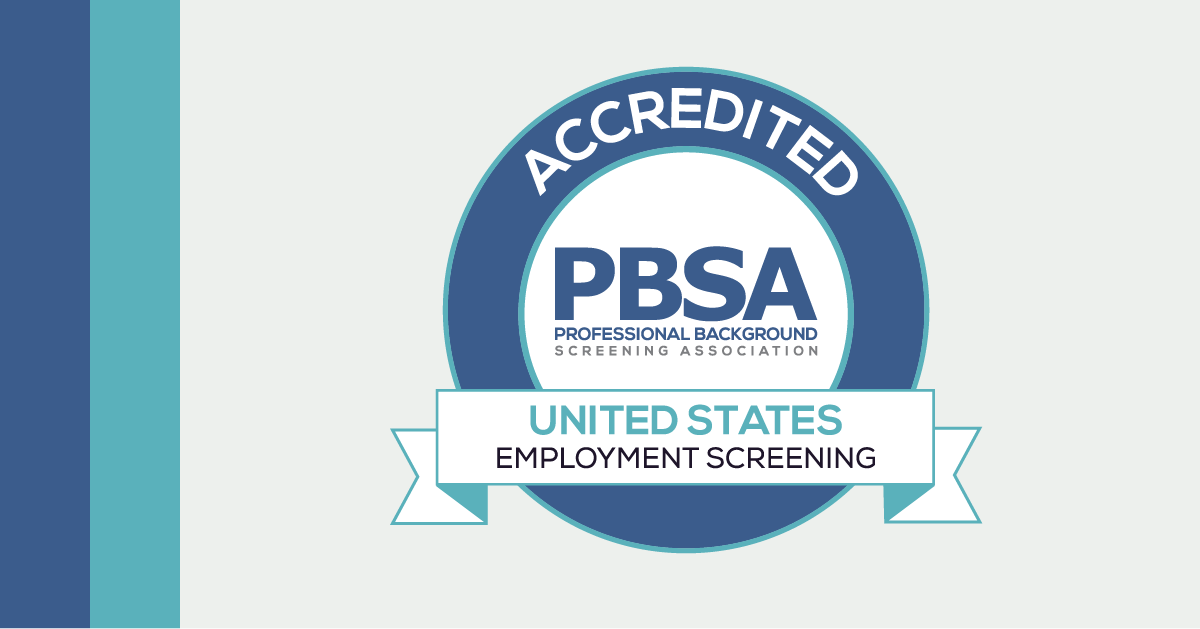A Beginner's Guide to Background Checks
If you’ve ever been hired for a new job, you might be familiar with the phrase “We’re just waiting to get your background check back,” regarding your onboarding process. But what exactly does that mean? What information does your employer access during one of these mysterious “background checks?” If you’re in the dark, we’ve got you covered. We’re going to cover some of the most common types of background-checking procedures, how they’re performed, what they unearth, and how long they usually take to perform. Ready to dive in?
Why background checks?
Before we get into the nitty-gritty, let’s talk about why background checks are performed in the first place.
In short, employers might choose to use background checks so that they know they’re hiring people they want to hire. An important thing to note is that these procedures only catch broad information; they want to know whether you graduated high school or whether you had a job, not every detail of what you did during those periods. (No, they won’t see that time you got lunch detention in 9th grade.) This can also include the big scary stuff like criminal history.
Some applicants may choose to be dishonest about their experience levels on their resumes; procedures like employment and education verifications help employers catch these falsifications before someone is hired.
Ultimately, background checks are nothing to be afraid of. They’re merely a tool for employers to use to make sure they’re hiring the best possible people for the job.
Verifications
A broad category of background checks you might encounter is verifications. These types of screenings aim to confirm information that was provided by the applicant (the person applying for a job); for instance, if an applicant claims to have a bachelor’s degree, an employer might order an education verification to make sure that’s true.
Employment Verification
Industry Average TAT: 2-5 days
TEAM Average TAT: 1.31 days
The name is exactly what you get with these screenings. Employment verifications are ordered to get details about an applicant’s reported employment history. Different employers have different windows of time they want to check employment, ranging anywhere from six months to ten years. Sometimes these verifications are done via instant online providers, but often they’re completed by live agents calling or emailing an applicant’s place of work.
Education Verification
Industry Average TAT: 3 days
TEAM Average TAT: 1.49 days
Similar to employment verifications, education verifications seek to confirm an applicant’s education history. Typically this means contacting a school directly to request a transcript or verbal confirmation from a bursar. High school diplomas, GEDs, training certificates, and college degrees are often verified when they’re stated by an applicant.
Identity Verification
Industry Average TAT: 1-2 days
TEAM Average TAT: Instantaneous (0 days)
It might seem silly that this is a thing, but identity fraud is more common than you might think! Identity verifications are completed electronically, either via social security number (SSN) trace or through a third-party site.
Criminal Checks
Job and education history is one thing, but criminal history is a serious matter that employers will want cleared up before bringing on a new hire. There are several different types of criminal checks that cover different criminal records, from as broad as national data down to the specific state or county an applicant lives in.
National
Industry Average TAT: ~1 hour
TEAM Average TAT: Instantaneous (0 days)
National criminal checks only produce broad data about an applicant’s criminal history, but they can be useful nonetheless. Diligent employers might order this check to get “pointer data,” or to get a better idea of the states and counties where they should order more detailed criminal searches.
Federal
Industry Average TAT: 1-3 days
TEAM Average TAT: 0.26 days
Federal criminal checks are used to catch high-level charges, such as drug trafficking, arson, kidnapping, tax evasion, and other major felonies. Since they only catch these rarer crimes, they don’t often turn up results, but it’s still good to check nonetheless.
One thing to note is that if an applicant is a Native American, a federal criminal check will be much more useful; due to the McGirt law, if a Native American citizen is charged on tribal land, it will be federal, not at the state or county level.
Statewide
Industry Average TAT: Varies state-to-state
TEAM Average TAT: 0.98 days
Statewide criminal checks are more specific than a national criminal check, but still not as current or accurate as a county criminal check. The rate at which statewide court systems are updated varies from state to state, and some states can take especially long due to their reliance on manual processes. These checks could still catch some past criminal history, but they often won’t be a hundred percent up-to-date.
County
Industry Average TAT: 3-5 days
TEAM Average TAT: 0.83 days
County criminal checks are as specific as you can get. These criminal checks will catch even the smallest charges committed by applicants. Often these checks are completed by requesting full documentation directly from county court clerks. Some agencies, like TEAM, can complete searches for certain counties in-house, which drastically reduces the turnaround time. (In-house counties are usually completed within 2-3 hours at TEAM!)
Stay in the know
Feeling educated? When used effectively, background checks are a great tool that employers can use to verify a prospective new hire’s history before officially bringing them on to work.
While our review covers a lot of ground, there are still even more types of screenings out there. To learn more about the different screening products we offer, check out our Background Checks page.
Wanna learn about drug testing too? We’ve got you covered! Check out our Intro to Drug Testing and keep an eye on our Newsroom for all the latest safety news and breakdowns.





